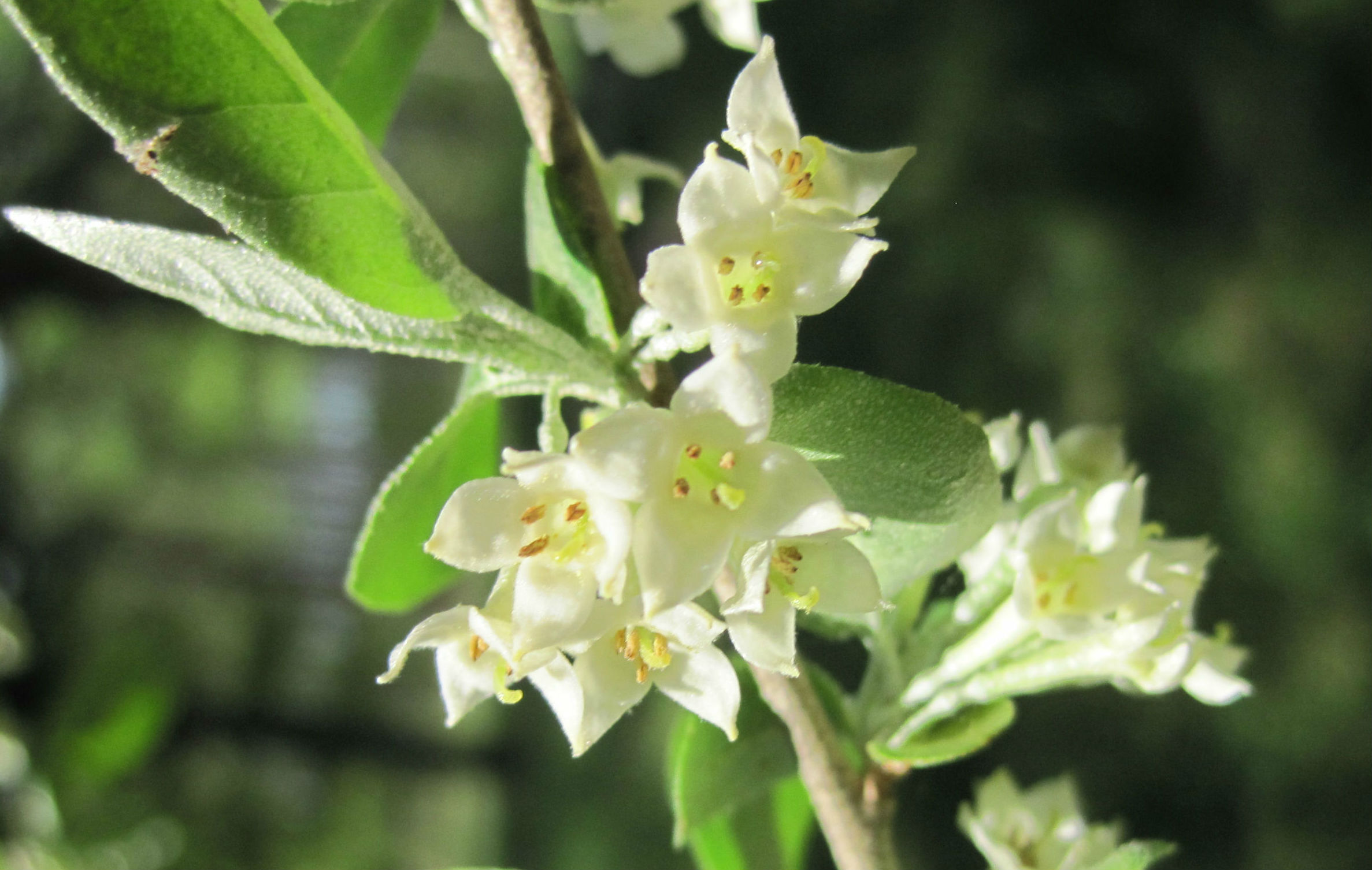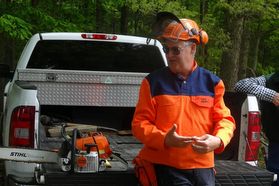Forest Management
Invasive Species
 Ever wonder if there
is life on another planet? Well, what if you knew there were alien invaders
right in your own backyard? That is the
case for most private landowners in the state of North Carolina. My job at the N.C. Wildlife Resources
Commission is to help private forestland owners in the Piedmont region of North
Carolina manage their property for wildlife, and almost every single piece of
property I have visited in the last three years has had at least one exotic,
invasive species present. Read more.
Ever wonder if there
is life on another planet? Well, what if you knew there were alien invaders
right in your own backyard? That is the
case for most private landowners in the state of North Carolina. My job at the N.C. Wildlife Resources
Commission is to help private forestland owners in the Piedmont region of North
Carolina manage their property for wildlife, and almost every single piece of
property I have visited in the last three years has had at least one exotic,
invasive species present. Read more.
New Hope Audubon Society Promotes Barn Owl Boxes
The Barn Owl (Tyto alba) was once a common resident of central North Carolina farmlands, where sheltered wooden structures and large fields were present. Since the 1950s, however, Barn Owls have experienced a precipitous decline. Changes in land use practices, encroaching development, overuse of pesticides, predation, and the removal of old barns have made the Barn Owl increasingly rare in the Piedmont. Read more.
Safety in the Woods
The Heat of Summer
Working in the woods can be physically demanding on the best of days, but in the extreme heat of summer it can jeopardize your safety and health. Tree Farmers and forestry professionals can quickly tire in the heat, which impairs judgment and increases the risk of injury. Here are some precautions you can take to reduce fatigue and keep your mind sharp while working outside this summer:
Drink plenty of water before, during and after exposure to the heat. (Dark yellow colored urine is a sign of dehydration.)
Avoid caffeinated drinks. They tend to dehydrate.
Stay in the shade as much as possible. Limit the time that you are exposed to direct sun.
Wear light colored, loose fitting clothing.
Doctors recommend at least eight glasses of water on a normal day. Consume twice that amount on hot days.
Work smarter, not harder, to save steps and reduce fatigue.
Do most of your outdoor work during the early morning to avoid the heat.
Limit your trips up and down slopes.
The Spring Woods
A key factor to Tree Farmers safety in the woods is visibility, which is generally good from November to the end of March. That changes in April though, when the deciduous forest blooms to life with a fresh growth of new leaves. What was once a bright and open environment with good visibility in the late fall and winter is transformed to a lush green environment with filtered light. As the forest rejuvenates itself, the new canopy of leaves creates additional risk by hiding overhead hazards, which are the leading cause for catastrophic injury and death in the forest industry. All woods workers, including Tree Farmers, need to be aware of this danger in the spring. Here are some steps you can take to protect yourself from reduced visibility in the spring woods:
Use approved personal protective equipment (PPE) for head protection.
Look and scan at least 50 feet ahead on your ground path of travel.
Look and scan at least 100 feet ahead for all overhead hazards.
Dont place yourself under any object that can fall or move due to gravity or the loss of hydraulic pressure.
Maintain at least two tree lengths from all felling operations.
Be visible. Wear high visibility safety colors.
Maintain communication with anyone in the work area. Verify their location with frequent eye contact.
Never walk into a work area with running or moving equipment until the equipment is stopped, engine cut-off and implements grounded.
Use proper manual felling techniques. Accurate directional felling avoids risk in the manual felling process.
New life grows before our eyes in the spring, but the reduced visibility caused by this new life could be responsible for taking a life. Look Up! Be alert, and enjoy the spring woods safely.
Logging Safety Trainer
Forestry Mutual Insurance Company



